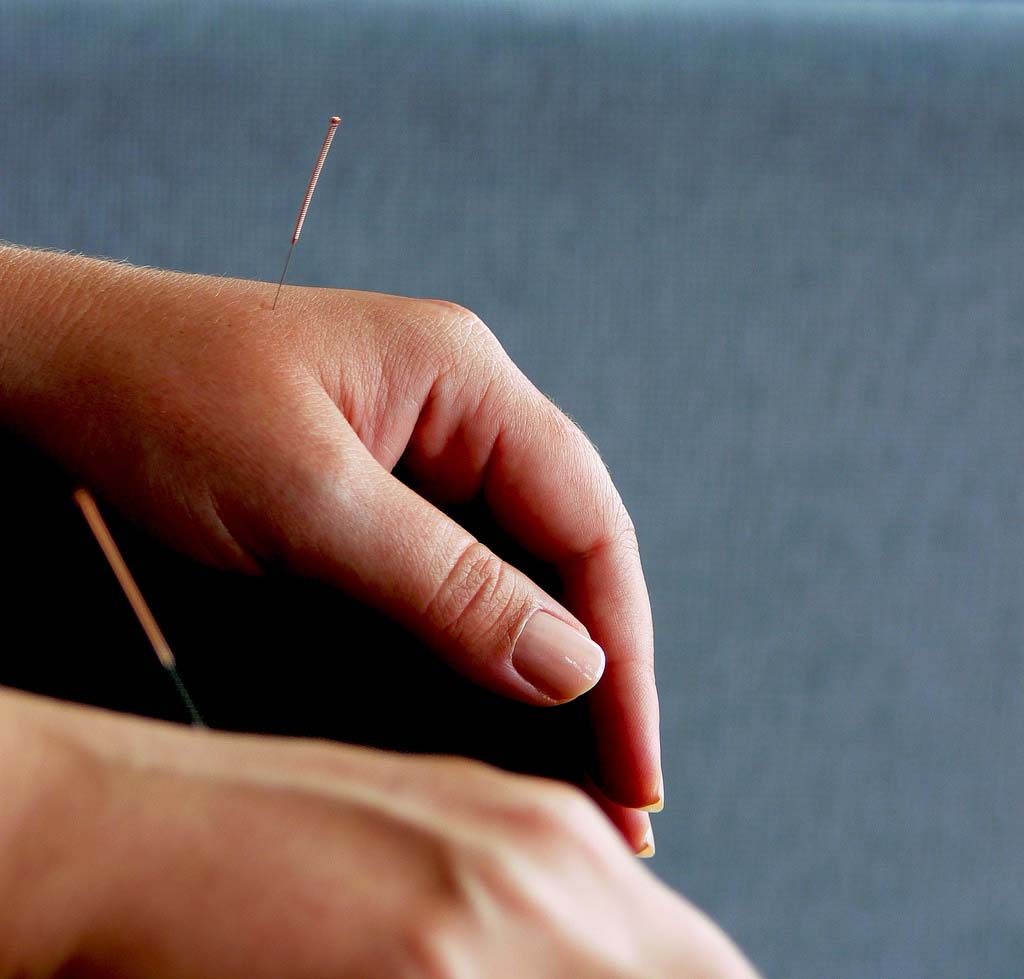
After several years of debate, Qatar authorities have approved of the practice of homeopathy, ayurvedic medicine, acupuncture, chiropractic treatments and hijama (wet cupping) in the country.
However, only those who are licensed to offer such treatments will now be allowed to operate in the country.
According to QNA, the Qatar Council for Healthcare Practitioners (QCHP) will regulate such practices.
Speaking about the move, officials stressed that the treatments would be used to supplement traditional medical care, not replace it.
In a statement, QCHP’s acting chief executive Dr. Samar Aboulsoud said:
“The concept of ‘complementary’ medicine will be adopted rather than ‘alternative and complementary medicine’ to guarantee that patients will receive complementary treatment in addition to conventional medical treatment.”
While receiving alternative treatments was not previously illegal in Qatar, practitioners were not officially recognized or licensed by the state.
At least at first, licenses will be limited to those practicing homeopathy, ayurveda, acupuncture, chiropractic and hijama, the Arabic practice of wet-cupping.
Licensed and regulated
Under the new regulations, which have been approved by the QCHP board and are set to come into force early this year, only qualified practitioners will be issued a medical license to practice in the country, the council said.
Practitioners will now need to register with the QCHP to get a license before they can operate, but there will be a grace period for them to sort out the necessary paperwork.

Complementary and alternative medicines are gaining in popularity in Qatar and plans to regulate practitioners have been in the works for years.
In 2010, an official from the Supreme Council of Health (SCH) told the Peninsula that the authority was preparing new policies to include them, and that “the proposed plan would come up for the consideration of the Permanent Licensing Committee very soon.”
Three years later, Dr. Jamal Rashid Al Khanji, Director of the Medical Licensing Department at SCH, admitted that it was taking some time to sort out a system.
“Compared to conventional medicine, it is more difficult to regulate the practice of alternative medicine. In the absence of clear rules and standards, fake medicines and fake practitioners can enter the industry posing a threat to public health. The new law is intended to prevent such dangers,” Al Khanji added.
Speaking this week, Aboulsoud said authorities had spent time investigating the safety and efficacy of the complementary medicine practices proposed for regulation.
“The regulation of Complementary Medicine by QCHP has been one of the decisions long-awaited by the public in Qatar. However, as our main concern is always patient safety, we wanted to assess the impact of this decision before beginning the official implementation,” he added.
Prior to getting the sign-off, the QCHP board set up an advisory committee to “measure the scientific impact and provide facts and figures in relation to its usage and impact within the country,” according to the statement.
Controversy
The practice of some complementary and alternative medicines such as homeopathy can be controversial.
Homeopathy works on the principle of “like cures like” and uses highly diluted versions of a substance that causes illness in order to treat an ailment.

So, for example, a pill containing a dilution of a blade of grass could be used as a hay fever remedy.
Many in the medical professional say there is no scientific evidence to prove that homeopathy works.
The US Department of Health and Human Services states: “There is little evidence to support homeopathy as an effective treatment for any specific condition” and “Several key concepts of homeopathy are inconsistent with fundamental concepts of chemistry and physics. There are significant challenges in carrying out rigorous clinical research on homeopathic remedies.”
It also warned that some products labeled as homeopathic include active substances which can cause drug interactions and side effects.
However, supporters including practitioners and patients say that treatments have and do work.
In Qatar, a significant number of people seek alternative and complementary therapies.

According to a study undertaken by researchers from Weill Cornell Medical College in New York and in Qatar that was published by the World Health Organization’s Eastern Mediterranean Health Journal in 2014, more than a third of middle-aged Arab women living here had sought such treatments in the past year.
The survey of 841 women aged 40 to 60 years old, who were Qatari and other Arab nationalities, found that nearly one in four had used a “Complementary or Alternative Medicine” (CAM) such as a special diet, herbal remedies, physical treatments like acupuncture and massage, homeopathy, traditional Chinese medicine, meditation or folk medicine in the past 12 months.
“Often patients do not tell their doctors about their use of CAM and doctors also often do not ask specifically about non-medicinal or non-conventional therapies.
“We believe it is important to educate and inform patients and providers about the benefits and limitations associated with CAM,” author Dr. Linda M. Gerber, professor of healthcare policy and research at Weill Cornell Medical College in New York, said in statement.
The therapies
Other alternative treatments, such as chiropractic care, focus on disorders of the musculoskeletal system and the nervous system, and the effects of these disorders on general health.
Such treatments can be used to treat back pain, neck pain, pain in the joints of the arms or legs, and headaches, according to the American Chiropractic Association.
Meanwhile, acupuncture is derived from ancient Chinese medicine in which fine needles are inserted into the skin at key points, for therapeutic or preventative purposes.
Ayurveda was developed in India and is a holistic (whole body) system which believes in linking the mind, body and spirit for health and wellness.
And hijama is a traditional Arabic method of “wet cupping,” where a small incision is made in the skin, and blood is drawn by vacuum for therapeutic purposes.
Thoughts?







